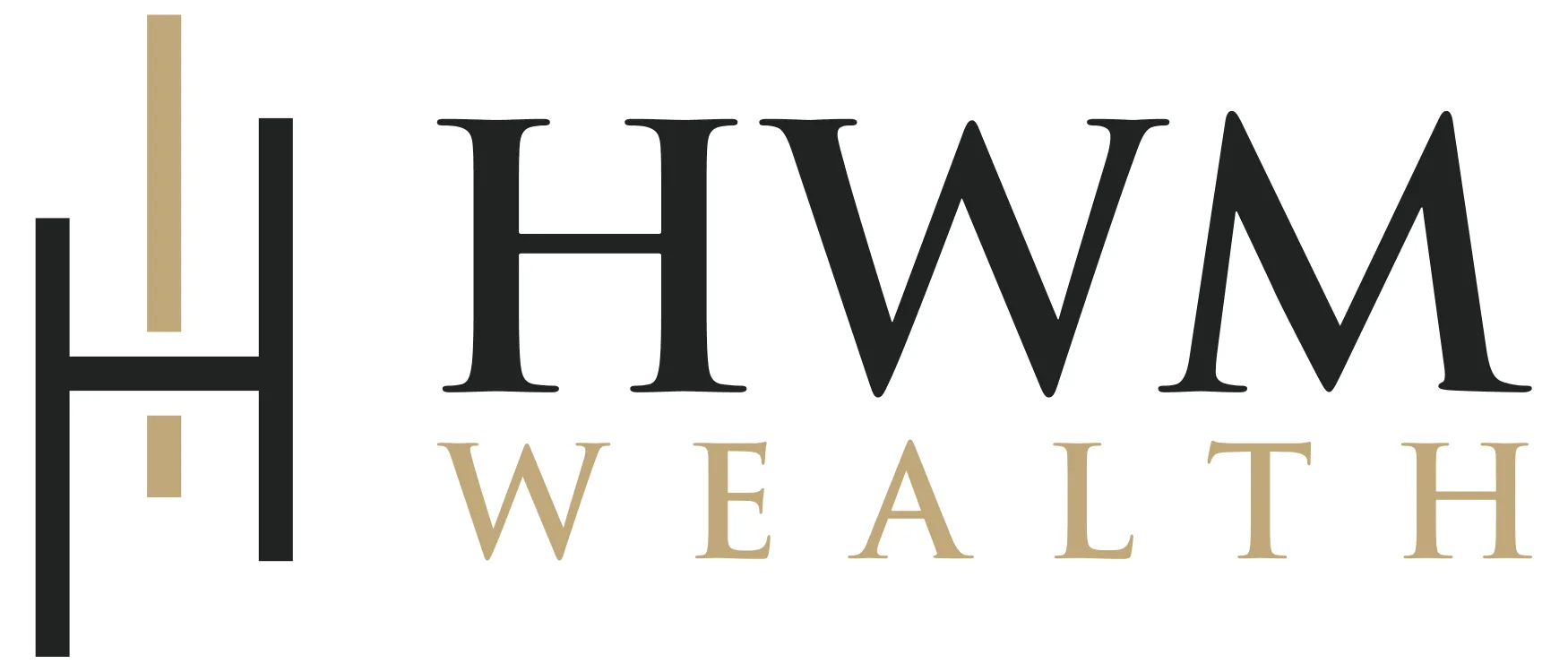And yes—their CPA had follow-up questions.
That simple rule built a successful business and raised a family. But after years of helping business owners and investors build wealth, I've learned something: while the principle is timeless, executing it across multiple entities and investment accounts requires more sophisticated architecture.
The Search for Simple Spending Visibility
When Mint shut down in 2024, it revealed something interesting about how successful people manage money. Even clients with substantial wealth were using it for one simple reason: clarity on personal cash flow.
Last week, a couple I work with—both successful professionals with complex finances—told me what they really missed was having a clear line of sight into their spending relative to their wealth-building goals. They had investment statements from three custodians, K-1s from various partnerships. But they'd lost the simple answer to: "Is our lifestyle sustainable given our long-term objectives?" They tracked their expenses via spreadsheet and were actually far ahead of most couples—but they wanted something easier.
I suggested Monarch based on another client's success—someone managing distributions from multiple entities who still wanted to know if their personal spending was aligned with their wealth strategy. That client can now see which entity each distribution comes from, their tax reserves get funded automatically, and all their liquid accounts appear in one place.
Making "More In Than Out" Work at Scale
Good financial architecture accomplishes three critical things:
- Complete visibility across operating cash, investment accounts, trust assets, tax reserves, and philanthropic commitments—not scattered across a dozen statements
- Systematic funding for irregular obligations—quarterly estimates, insurance premiums, capital calls, planned giving—without scrambling when they're due
- Coordinated complexity where multiple revenue streams, varying tax treatments, and different time horizons work together instead of against each other
The shift isn't having better software—it's about building systems that connect business performance to personal wealth, programmatically and tax-aware.
Platform Choices
For Personal Wealth Tracking:
- Monarch provides shared, role-based access for families who want transparency without compromising privacy. We configure it to mirror entity structures through custom categories and automate tax segregation.
- YNAB offers zero-based discipline for those who want every dollar assigned before it moves. Particularly useful for funding non-monthly obligations before lifestyle spending.
- Tiller feeds data into sophisticated spreadsheet models. Several clients use this for complex scenario planning and multi-generational projections.
- Empower serves as the investment command center, tracking net worth and portfolio performance while other tools handle cash flow.
For Business Operations:
- QuickBooks Online includes robust budgeting by class or location that most owners never activate. Properly configured, it informs both business strategy and distribution planning.
- Xero offers unlimited users with granular permissions—useful for selective transparency with key employees while maintaining privacy around owner-level data.
The Integration
The real work isn't selecting tools—it's orchestrating how business success becomes personal wealth. A few approaches that work:
Mirror your entity structure in personal categories. If you have three business segments or properties, create corresponding distribution categories. You'll see exactly how each contributes to family wealth.
Automate tax segregation at the source. Configure rules that immediately route the appropriate percentage of distributions to tax reserves. We track tax-cash adequacy quarterly—ensuring reserves stay funded ahead of deadlines, not scrambling when estimates are due.
Establish distribution discipline. Instead of irregular draws, implement a systematic approach that respects business seasonality while maintaining personal liquidity. One key metric we monitor: distribution rate versus after-tax free cash flow. Your operating account shouldn't be your family's emergency fund.
Maintain multiple time horizons. Track both current sustainability and long-term wealth accumulation. Most families focus on one or the other—you need both views integrated.
Why Architecture Beats Applications
The principle of "more in than out" remains sound. But without proper architecture, even successful families miss opportunities for tax optimization, strategic timing, and multi-generational planning simply because their financial picture is fragmented. Well-designed systems make these opportunities visible and actionable.
The applications are just the interface—the value lies in thoughtful architecture that aligns with your family's objectives and complexity.
No affiliation with any product mentioned; educational only.

